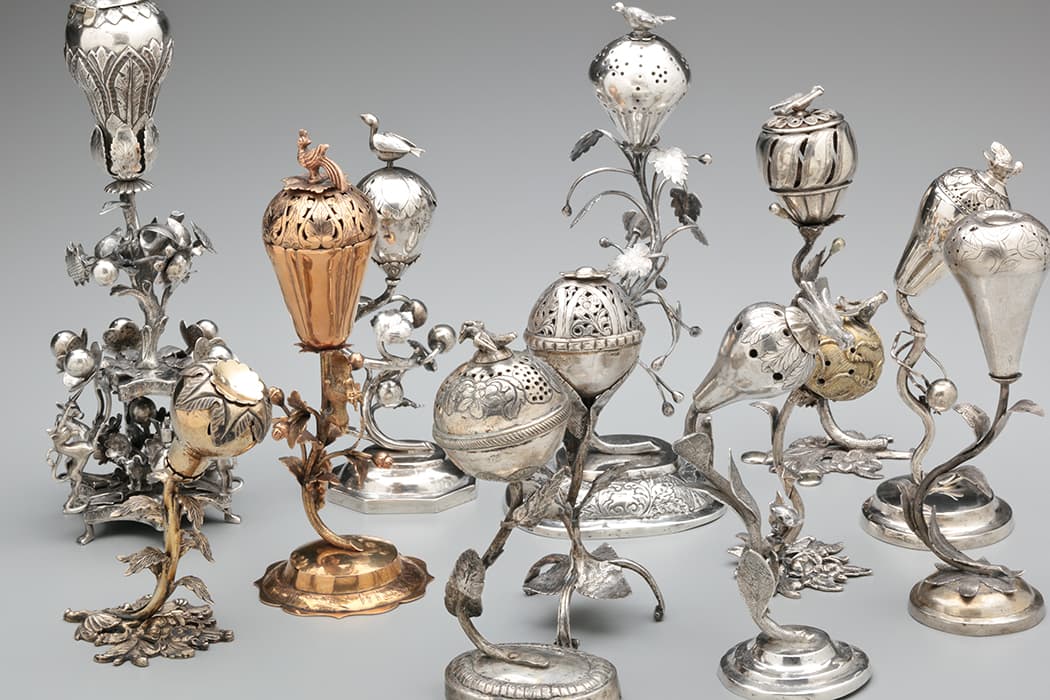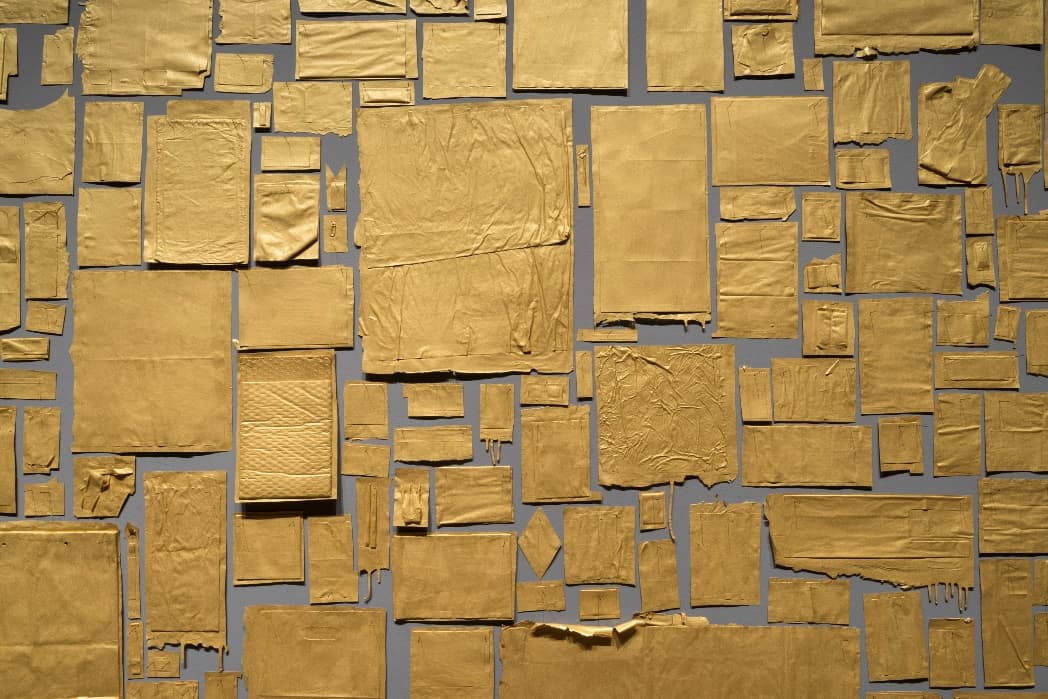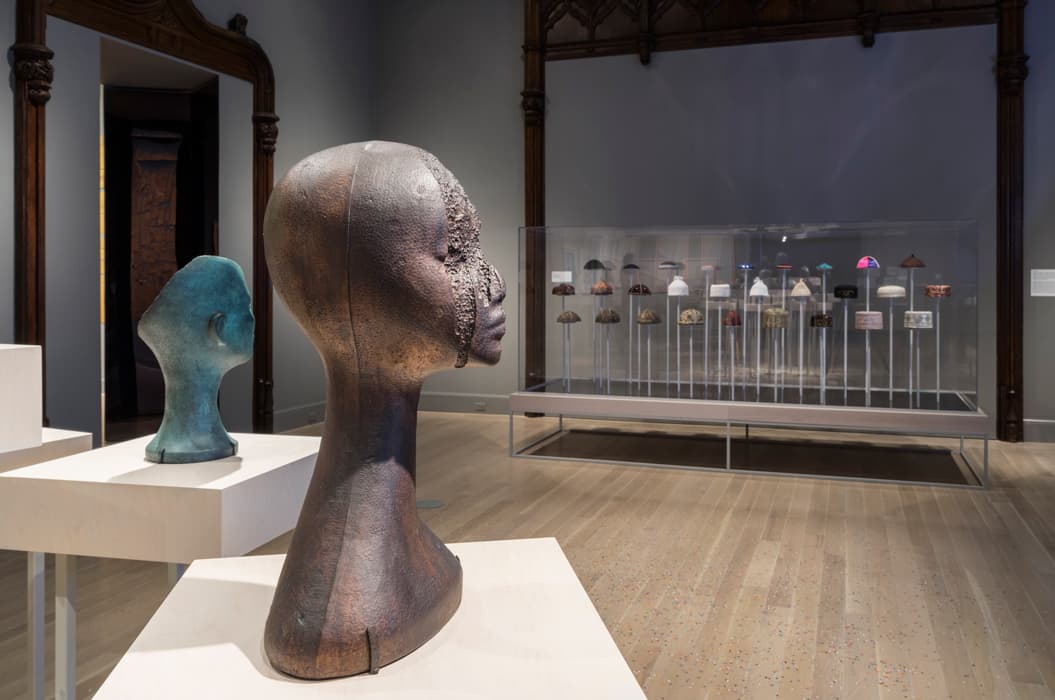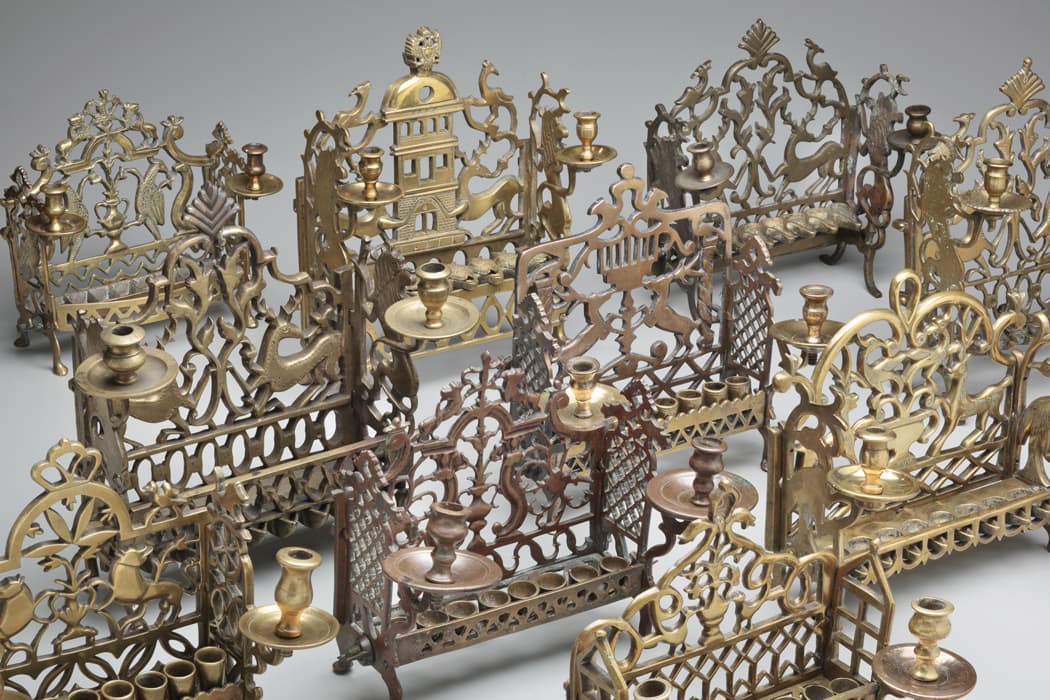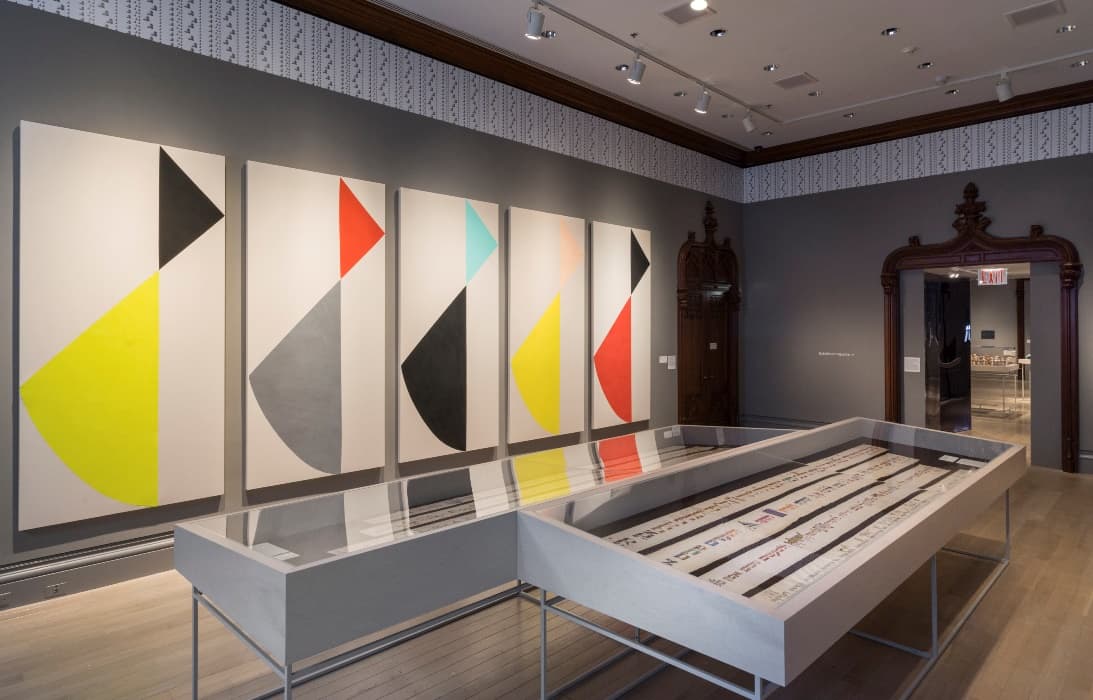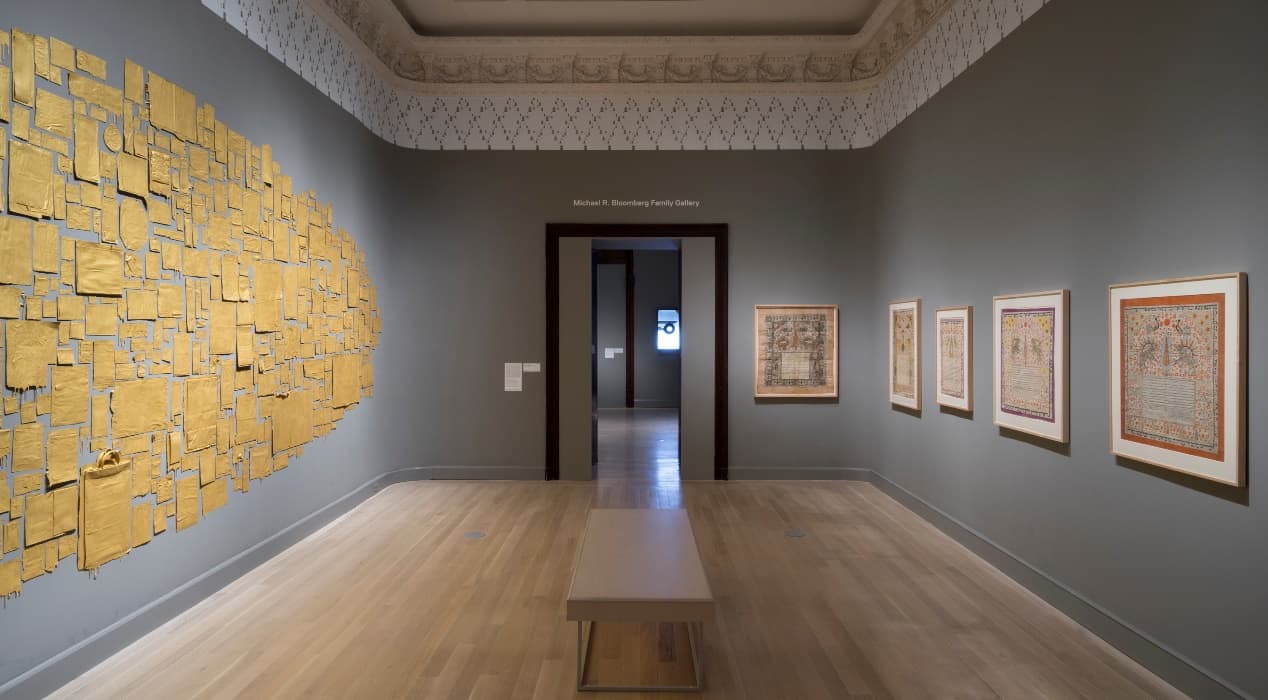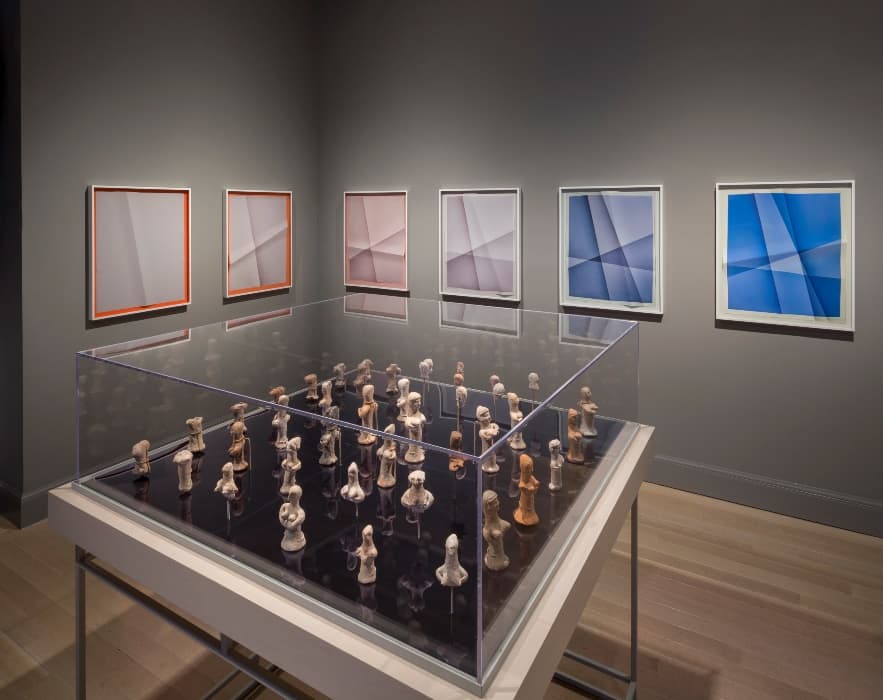Repetition and Difference
Artists have always employed repetition — the creation of works in series, multiples, and copies. The attitudes of art historians, philosophers, and consumers toward the value of repetitions as an art form, in comparison with unique “original” works, vary widely and have shifted over time.
In 1968, the French philosopher Gilles Deleuze wrote his now-iconic book Difference and Repetition. The text was fundamental to the discourses of its time, offering an unprecedented analysis of representation, language, history, and capitalism. One of its important points is that in the history of philosophy, both difference and repetition have always been understood as negative, derivative qualities that only exist in relation to some unique entity. Deleuze tries to understand difference in and of itself, and repetition not as something finite, but as reinvention, an “active force producing difference.”
These ideas are explored in the exhibition Repetition and Difference through both historic works and recent art. The Jewish Museum storerooms are filled with multiples — for instance, dozens of examples of a particular ritual object. Yet a close examination reveals crucial differences among the iterations, which speak volumes about social and political conditions, the expression of individuality, consumer culture, and the joy of artistic invention.
Multiples from the collection are presented together with works by contemporary artists who explore ideas of difference within repetition. They focus our attention on subtle details — nuances that critique advertising, commodity consumption, and mass production. Their art exists outside of the monotony of the everyday and encourage us to look differently and repeatedly at our own existence.
Several themes are common to both sets of works. Some pieces explore concepts of the human body and its frailties, or the importance of human touch in the creative process. Others challenge the conformity and standardization that may be imposed by government, religious ritual, or mass culture. The peculiarities of communication and the manipulative power of language are another recurring motif. Finally, a number of works play with the nature of copies, exploring the aesthetics and technology of difference within replication.
Susan L. Braunstein
Henry J. Leir Curator
Jens Hoffmann
Deputy Director
Exhibitions and Public Programs
Repetition and Difference artists:
Walead Beshty
Sarah Crowner
Abraham Cruzvillegas
N. Dash
John Houck
Koo Jeong A
Kris Martin
Amalia Pica
Hank Willis Thomas
Repetition and Difference objects:
Hanukkah Lamps
Marriage Contracts
Mezuzah Cases
Pillar Figurines
Skullcaps
Spice Containers
Torah Binders
Tyrian Shekels
Repetition and Difference is curated by Susan L. Braunstein, Henry J. Leir Curator, and Jens Hoffmann, Deputy Director, Exhibitions and Public Programs, with Daniel S. Palmer, Leon Levy Assistant Curator.
Repetition and Difference is generously supported by the Jewish Museum Centennial Exhibition Fund, the Barbara S. Horowitz Contemporary Art Fund, and the Joan Rosenbaum Exhibition Fund.
Additional support is provided by the Leir Charitable Foundations and the Leon Levy Foundation.
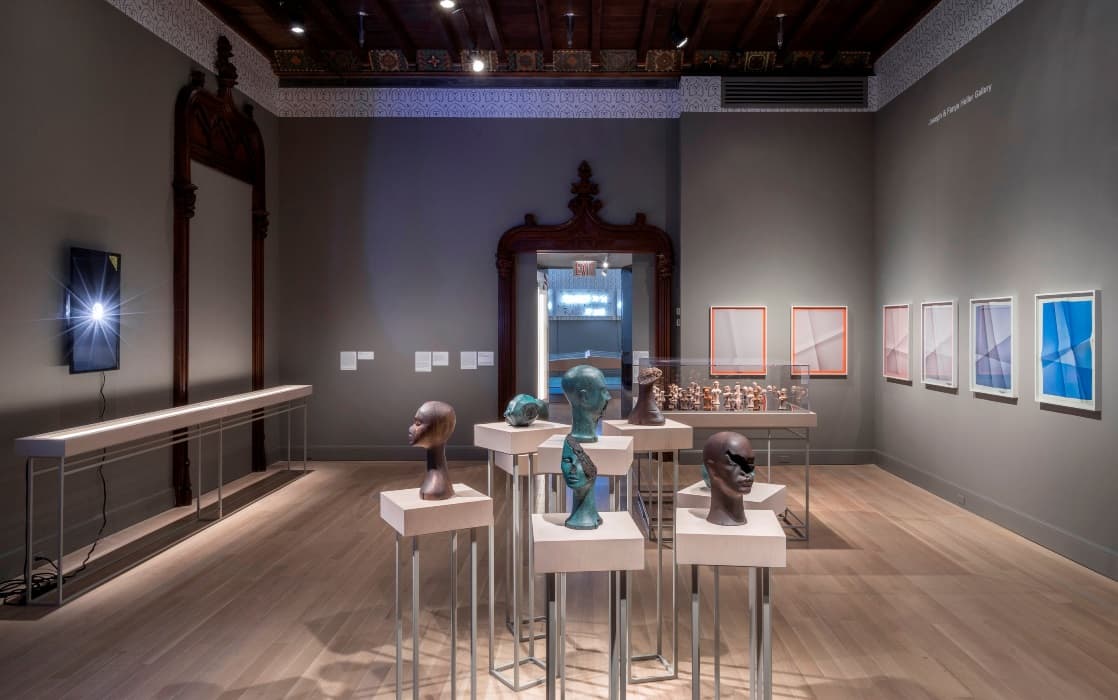
Installation view of the exhibition Repetition and Difference. The Jewish Museum, NY. Photo by: David Heald.

